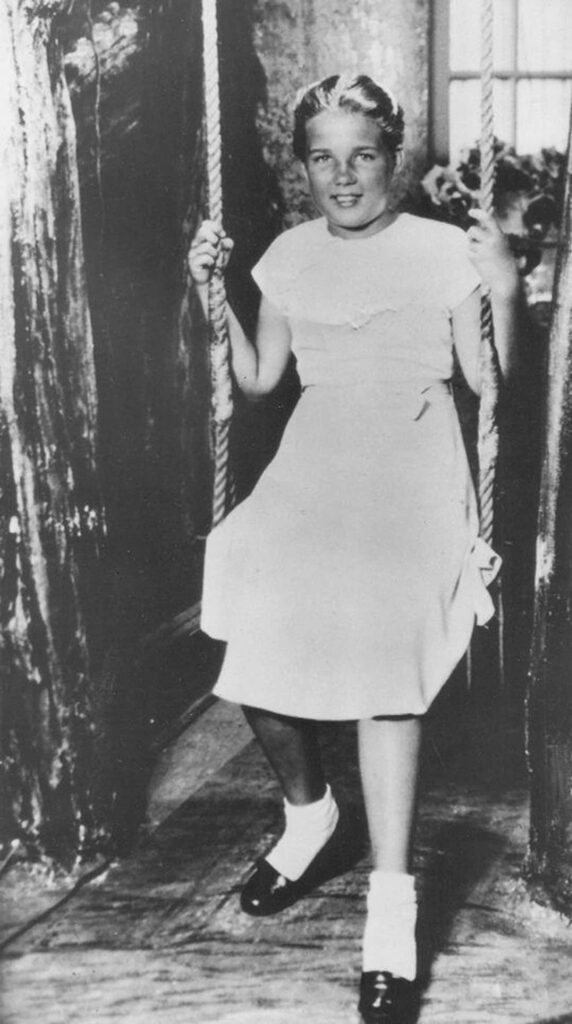by Katharine Elizabeth Monahan Huntley

Human sexuality will not be bound to societal mores. Incomprehensible and unpredictable, grotesque or beautiful, it is inextricably tied to the heart. Director Adrian Lyne examines this idea, advanced in Vladimir Nabokov’s Lolita. The classic novel contains a storyform rich in illustrations. As with Nabokov’s own screenplay for Stanley Kubrick’s 1962 adaptation, Lyne’s valiant interpretation of Lolita contains the same storyform and stands well enough on its own, however, both films—lacking the whole of main character Humbert Humbert’s intimate confession—stand in the shadow of the original work—extraordinary in its lyrical literariness.
In Lyne’s screen version, Humbert Humbert’s “doomed obsession” for the “nymphet” impact character Lolita “a mixture of . . . tender dreamy childishness and a kind of eerie vulgarity” (Nabokov 44), is captured elegantly in Jeremy Irons’ tortured facial expressions. Dominique Swain’s Lolita is all swinging bare legs and unkempt adolescence. She practices flirting techniques with Humbert—blowing pink bubble gum, batting eyelashes. At first he is in: “. . . my adult disguise . . . a great big handsome hunk of movieland manhood” (Nabokov 39). Once he becomes the “pubescent concubine’s” (Nabokov 148) legal guardian, he is Lolita’s captor, her relentless rapist—because in his own words: “. . . she had nowhere else to go” (Nabokov 142).
Nicely done are the small moments that illustrate the film’s narrative, for example, Humbert’s backward glance of an innocent Lolita twirling inside—caught in a brief moment when the front porch—swing passes by the open door. Another instance is Lolita, bored with the interminable joy(less)ride, pitching soda bottle caps into the auto’s ashtray, clacking her teeth with a candy jawbreaker. Screenwriter Stephen Schiff’s dialogue jars—better is the selection and reworking of Nabokovian poetic passages, in particular, the film’s last line: “What I heard then was the melody of children at play, nothing but that. And I knew that the hopelessly poignant thing was not Lolita’s absence from my side, but the absence of her voice from that chorus.” Ennio Morricone’s melancholic music, interspersed with the 40’s dance tunes Lolita skips to, lends despair to the tragic misadventure.
The director alludes to Humbert’s abhorrence of his torrid torment of Lolita, as the pedophile contemplates (main character benchmark-conscious) what effect (impact character-direction) the daily sexual assaults on his young charge takes: “It was something quite special, that feeling: an oppressive, hideous constraint as if I were with the small ghost of somebody I had just killed” (Nabokov 129).
Certain omissions that truly underscore the magnitude of Humbert Humbert’s unforgivable acts (main character problem-non-accurate) devitalizes its storytelling. The film does not explore the depths of main character Humbert’s depravity: “a cesspool of rotting monsters behind his slow boyish smile” (Nabokov 44), visually unacceptable to the viewing audience.
What is also missing from Lyne’s account is how old Lolita really is at the relationship’s start—twelve—a developmentally significant age difference than that of the fourteen-year-old Lolita in the film. Another example is the untoward advantage Humbert takes, finding Lolita in her classroom without a teacher present: “I sat beside Dolly [Lolita] just behind that neck and that hair, and unbuttoned my overcoat and for sixty-five cents plus the permission to participate in the school play, had Dolly put her inky, chalky, red-knuckled hand under the desk” (Nabokov 198). Further, and most devastating: “. . . the thought that with patience and luck I might produce eventually a nymphet with my blood in her exquisite veins, a Lolita the Second, who would be eight or nine around 1960 . . . indeed, the telescopy of my mind, or un-mind, was strong enough to distinguish in the remoteness of time a . . . bizarre, tender, salivating Dr. Humbert, practicing on supremely lovely Lolita the Third the art of being a granddad” (Nabokov 174).
That Adrian Lyne’s Lolita could not be released as a feature film for fear it goes too far is unfounded. The real problem is, because of the constraints of the medium in which the story is recounted, the film lacks the ability to make commentary on what is being seen on screen. It is Nabokov’s commentary in the novel, made through Humbert’s narrative, that provides a main character throughline exhaustively detailed.
In love with Nabokov’s “American sweet immortal dead love” (Nabokov 280), I hope Lyne’s accomplished film production will intrigue an audience—who perhaps have not yet read the “horrific comic masterpiece” (Angell 156)—to take on the intellectual and emotional challenge the novel offers. That is, to feel “a private, perhaps unconscious anguish over the story’s sexual complexity” and the “dazzled admiration for its satiric brilliance and literary weight” (Angell 156). The reader that can rise above the horrors of the sexual relationship between Lolita and Humbert will realize: ” . . . this is a love story, after all—an unexpected grand romance, with a poignancy and conviction that match anything . . .” (Angell 159).
Postscript:
Click the image to read: “The Real Story That Inspired ‘Lolita’ Is Somehow More Disturbing Than The Actual Book.”
